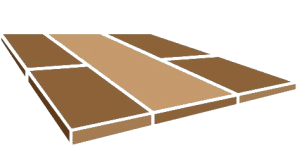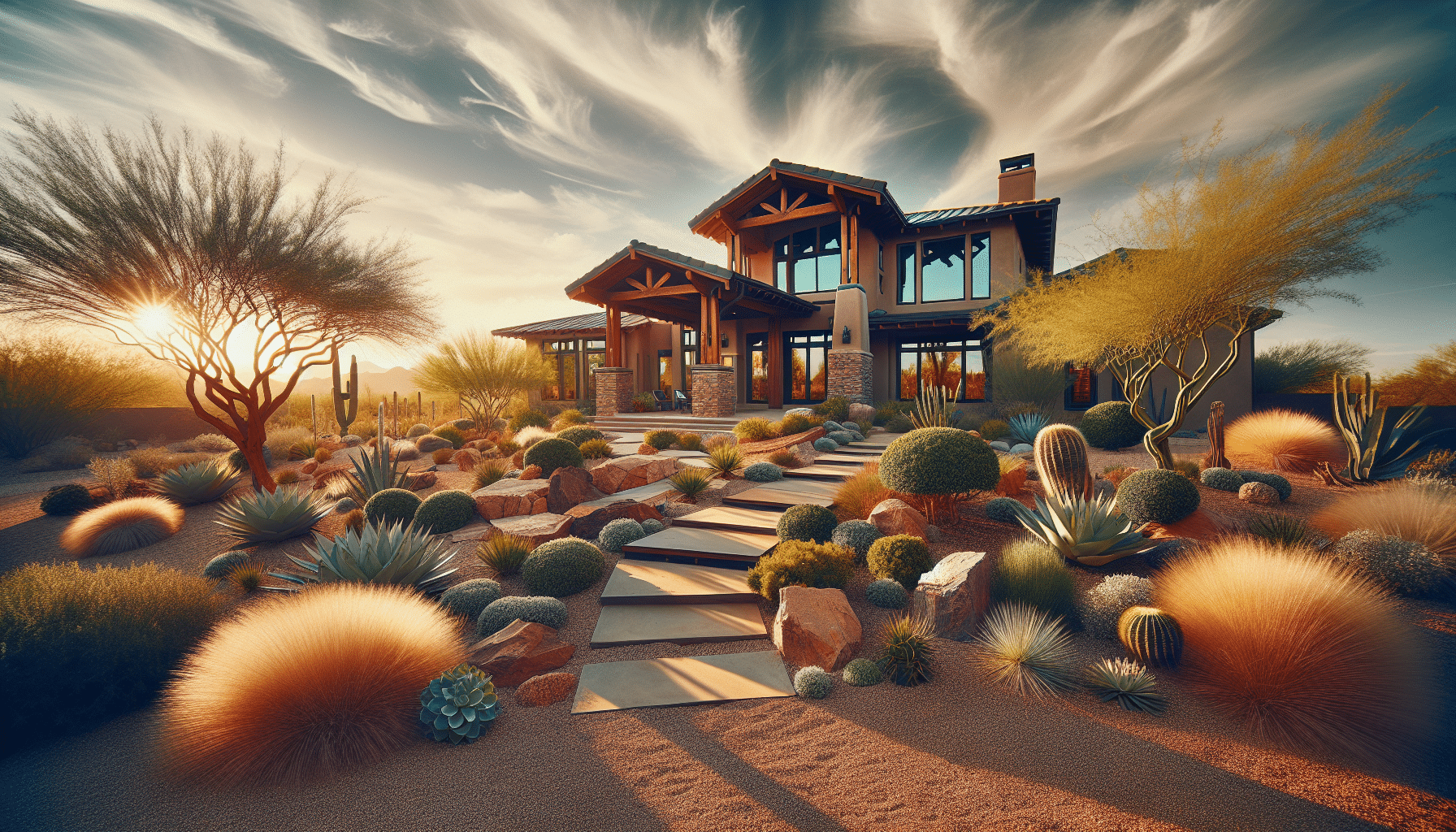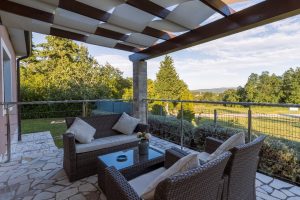At Gilbert Paver Company, we understand that creating a breathtaking outdoor space isn’t an easy task. Many homeowners find landscape architecture overwhelming, and deciding where to start can be a challenge. This comprehensive guide will walk you through everything you need to know, offering expert tips and tricks to make your landscape ideas come to life. Let us help you transform your outdoor area into a stunning and functional space that you’ll love.
Contents
Understanding Landscape Architecture
Landscape architecture isn’t just about planting a few trees and setting up some flower beds. It’s an art and science that involves planning, designing, managing, and nurturing outdoor spaces. Integrating nature into your home environment can substantially improve your quality of life and the value of your property.
From the arrangement of plants to the installation of walkways, every detail matters. Expertise in soil science, horticulture, and design principles plays a crucial role in achieving an impeccable landscape. And don’t worry—our guide will make the process seamless and enjoyable for you.
The Importance of Planning
Before diving into the landscaping itself, it’s essential to have a solid plan in place. Planning helps you visualize the eventual outcome and gives you a roadmap to follow. Employees at Gilbert Paver Company are seasoned experts in creating actionable and effective landscape plans.
Start by outlining your priorities. Do you want a space for entertaining guests, or are you looking for a peaceful retreat? Think about how you intend to use the space. Knowing your goals will make it easier to choose the right features and plants that align with your vision.
Hardscape Elements
Hardscape elements form the backbone of your landscape design. These are the non-living components that provide structure and functionality.
Consider paver patios, walkways, retaining walls, and water features. When properly designed and installed, these elements can bring a sense of cohesion and elegance to your outdoor area.
Softscape Components
Softscape components include the living elements of your landscape, primarily plants. They add color, texture, and depth to your outdoor space.
Selecting the right plants involves considering factors like climate, soil type, and maintenance needs. Our team can guide you in choosing the perfect blend of trees, shrubs, flowers, and grasses that will thrive in your landscape.
Sustainability Practices
An essential aspect of modern landscape architecture is sustainability. Incorporating eco-friendly practices can reduce your environmental footprint and often result in cost savings over time.
Techniques such as rainwater harvesting, xeriscaping, and the use of native plants can make your landscape more sustainable. These practices not only conserve water but also support local biodiversity.
Outdoor Lighting
Outdoor lighting is often overlooked but can make a significant difference in your landscape’s ambiance and functionality. Proper lighting can make your outdoor space usable even after the sun goes down.
Whether it’s pathway lights, accent lights, or floodlights, incorporating the right lighting can enhance safety and showcase the beauty of your landscape features. Our experts can help you create an effective lighting plan tailored to your needs.
Water Features
Water features like ponds, fountains, and waterfalls add a serene element to your landscape. These features can act as focal points and provide a relaxing atmosphere.
The sound of flowing water can also act as a natural noise barrier. Let us assist you in integrating stunning water features that complement and elevate your outdoor experience.
The Five Key Principles of Landscape Design
Successful landscape architecture follows several key principles to create a balanced and aesthetically pleasing environment. Here are some you should know:
- Unity: Unity is achieved by designing your outdoor space as a cohesive whole, where all the elements work together seamlessly.
- Balance: Balance can be symmetrical or asymmetrical, and it’s about distributing visual weight evenly across your landscape.
- Focus: Focus involves creating a focal point in your landscape that draws the eye, such as a statue, fountain, or unique plant.
- Proportion: Proportion is essential for ensuring that all elements are in scale with each other, creating a harmonious look.
- Rhythm: Rhythm involves creating repetition and patterns to guide the viewer’s eye across the landscape.
Seasonal Considerations
Your landscape’s appearance can change dramatically with the seasons. It’s important to plan for these variations to keep your outdoor space looking its best year-round.
Planting a blend of perennial and annual plants can ensure that something is always in bloom. Also, consider how seasonal changes will affect your hardscape elements and plan maintenance accordingly.
Maintenance Guide
Maintaining your landscape is key to preserving its beauty and functionality. Regular upkeep is required, but the effort you put in will be well worth it.
Tasks like mowing, pruning, watering, and fertilizing are essential to keep your plants healthy. Moreover, elements like paver patios and water features also require periodic care to stay in optimal condition.
Wrapping Up
We hope this comprehensive guide has given you a wealth of information to start your landscape architecture journey. At Gilbert Paver Company, we’re here to help every step of the way to create an outdoor space you’ll cherish. Contact Us today by phone # 480-534-9680 or Request a Free Quote.




